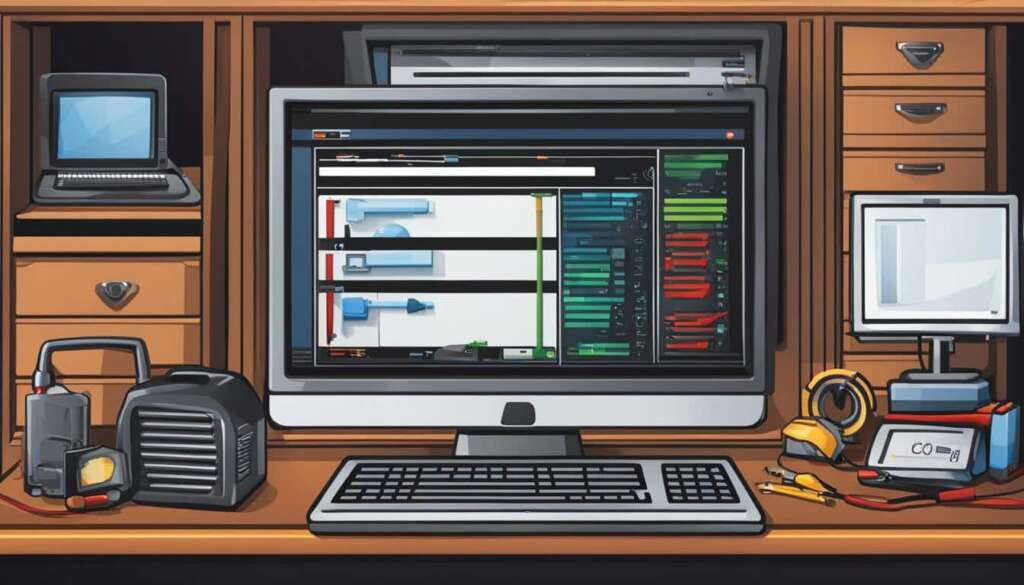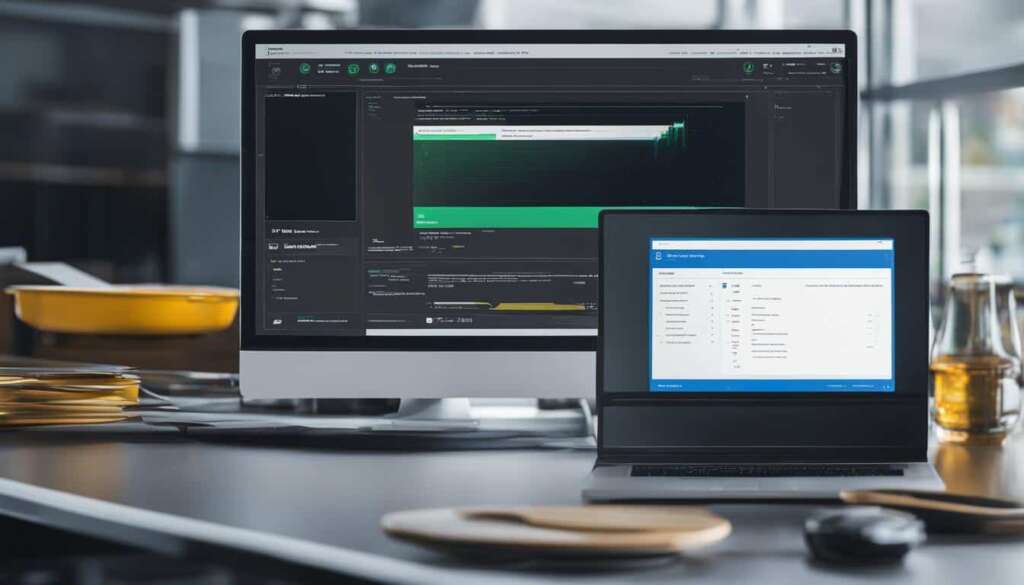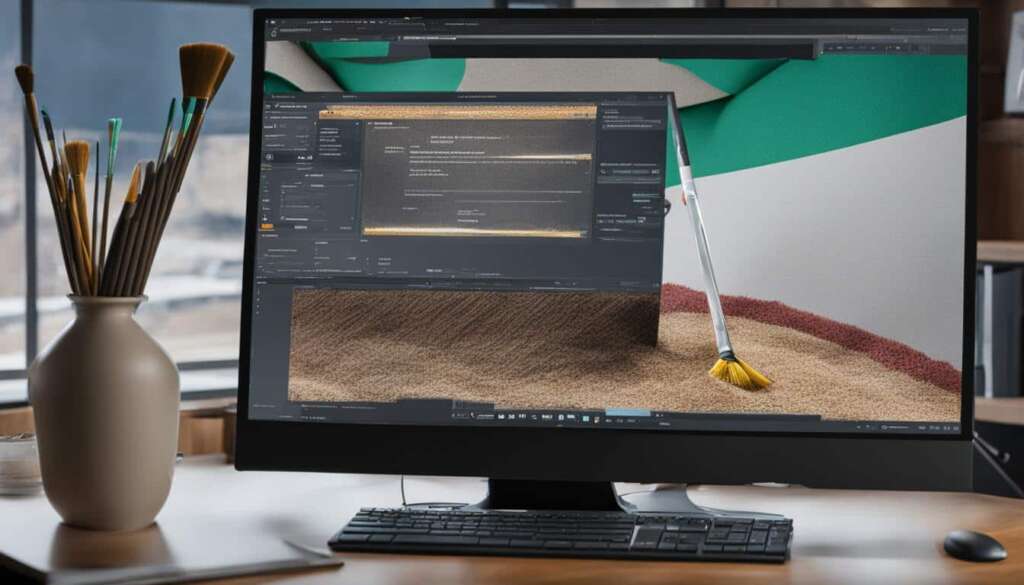Table of Contents
Your PC’s performance and speed can greatly impact your productivity and overall user experience. To ensure that your computer operates smoothly, it’s crucial to optimise its performance. By implementing these essential tips and tricks, you can improve your PC’s speed and enhance its overall functionality.
Optimising your PC involves various strategies that target different aspects of your computer’s performance. From uninstalling unnecessary programs to updating your operating system and drivers, these techniques can significantly enhance your PC’s speed and efficiency.
In this article, we will explore some of the most effective ways to optimise your PC and improve its performance. Whether you’re experiencing slow boot times, lagging applications, or general system slowdowns, these tips will help you maximise your PC’s potential and improve your overall user experience.
Uninstall Unnecessary Programs and Disable Startup Apps
One effective way to optimize your PC is to uninstall any programs that you’re not using. These unnecessary programs take up valuable storage space and can slow down your computer. To uninstall programs:
- Go to the Start menu and click on Settings.
- In the Settings menu, select System and then click on Apps & features.
- Scroll through the list of installed programs and select the program you want to uninstall.
- Click on the Uninstall button and follow the prompts to remove the program from your PC.
By uninstalling unnecessary programs, you can free up storage space and improve your PC’s performance.
Additionally, you can disable unnecessary apps and services from starting automatically when your PC boots up. This can further enhance your PC’s speed and performance. Here’s how you can disable startup apps:
- Open the Task Manager by pressing Ctrl + Shift + Esc or right-clicking on the taskbar and selecting Task Manager.
- In the Task Manager, click on the Startup tab.
- You will see a list of programs that start automatically when your PC boots up.
- Select the program you want to disable and click on the Disable button.
By reducing the number of startup programs, you can improve your PC’s boot time and overall performance.
Ensuring a clean and streamlined system by uninstalling unnecessary programs and disabling startup apps can significantly improve your PC’s performance and speed, allowing you to enjoy a smooth and efficient computing experience.
Comparison of PC Performance Before and After Uninstalling Programs and Disabling Startup Apps
| Performance Metrics | Before Optimization | After Optimization |
|---|---|---|
| Boot Time | 45 seconds | 25 seconds |
| Storage Space | 80% utilized | 60% utilized |
| Program Responsiveness | Slow and sluggish | Fast and smooth |
Disable Visual Effects and Enable High-Performance Power Plan
Visual effects in Windows, such as animations, shadows, and transparency, can consume system resources and slow down your PC. Disabling these visual effects can help improve your PC’s speed and responsiveness. Additionally, using a high-performance power plan can optimize your PC for CPU-intensive applications, ensuring that your computer operates efficiently during demanding tasks.
When you disable visual effects, you reduce the strain on your computer’s resources, allowing it to allocate more power to essential tasks. This can result in smoother performance and faster response times, especially when running resource-intensive programs.
To disable visual effects on your PC:
- Right-click on the Windows icon in the bottom-left corner of your screen and select “System”.
- In the left sidebar, click on “Advanced system settings”.
- Under the “Performance” section, click on “Settings”.
- In the “Visual Effects” tab, select the option “Adjust for best performance”. This will disable all visual effects.
- Click “Apply” and then “OK” to save the changes.
Enabling the high-performance power plan is another effective way to optimize your PC for CPU-intensive applications. This power plan prioritizes performance over energy efficiency, ensuring that your computer’s resources are fully utilized for demanding tasks.
To enable the high-performance power plan:
- Right-click on the battery icon in the system tray and select “Power Options”.
- In the Power Options window, select the “High performance” power plan.
- If the high-performance power plan is not visible, click on “Show additional plans” to expand the list.
By disabling unnecessary visual effects and enabling the high-performance power plan, you can optimize your PC for improved speed and performance. Your computer will be able to handle CPU-intensive tasks more efficiently, providing a smoother and more responsive experience. Take control of your PC’s performance by implementing these essential tips and tricks.
Regularly Update Your Operating System and Drivers
Keeping your operating system and drivers up to date is crucial for optimising PC performance. When you update your operating system, you gain access to bug fixes, security enhancements, and new features that can enhance the stability and overall performance of your PC. Additionally, updating your drivers ensures compatibility with the latest hardware and software, leading to better performance and functionality.
Regularly checking for and installing available updates is a proactive approach to maintaining your PC’s speed and functionality. It allows you to stay ahead of potential issues and take advantage of the latest advancements in technology. Many operating systems provide automatic update settings, which you can enable to ensure a seamless and hassle-free process.
To update your operating system, go to the settings menu and locate the “Update & Security” section. From there, you can check for updates and install them as needed. As for drivers, you can either visit the manufacturer’s website or use a reliable driver updating software to automatically scan and update your drivers.
FAQ
How can I optimize my PC and improve its performance?
To optimize your PC and improve its performance, you can follow several essential tips and tricks. These include uninstalling unnecessary programs, blocking unnecessary startup apps, disabling visual effects, enabling a high-performance power plan, and regularly updating your operating system and drivers.
How do I uninstall unnecessary programs?
To uninstall unnecessary programs, go to the control panel, select “Uninstall a program,” then choose the program you wish to remove and click “Uninstall.” This will free up valuable storage space and improve your PC’s performance.
How do I disable unnecessary startup apps?
To disable unnecessary startup apps, open the Task Manager and go to the “Startup” tab. From there, you can disable any apps or services that you don’t need to start automatically when your PC boots up. This will help improve your PC’s boot time and overall performance.
How do I disable visual effects?
To disable visual effects in Windows, right-click on “This PC” or “My Computer” and select “Properties.” Go to the “Advanced system settings” and click on the “Settings” button under the “Performance” section. Here, you can choose to adjust for best performance or customize which visual effects you want to disable. Disabling these visual effects can help improve your PC’s speed and responsiveness.
How do I enable a high-performance power plan?
To enable a high-performance power plan, go to the Control Panel and select “Power Options.” From there, you can choose the “High performance” power plan, which optimizes your PC for CPU-intensive applications. This ensures that your computer operates efficiently during demanding tasks.
How do I update my operating system?
To update your operating system, go to the Settings menu and click on “Update & Security.” From there, select “Windows Update” and click on “Check for updates.” If there are any available updates, you can choose to install them. Regularly updating your operating system ensures that you have the latest bug fixes, security enhancements, and new features, which can improve stability and performance.
How do I update my drivers?
To update your drivers, you can visit the website of your device manufacturer or use a driver update software. These tools will scan your PC for outdated drivers and provide you with the latest versions. Keeping your drivers up to date ensures compatibility with the latest hardware and software, leading to better overall performance.













